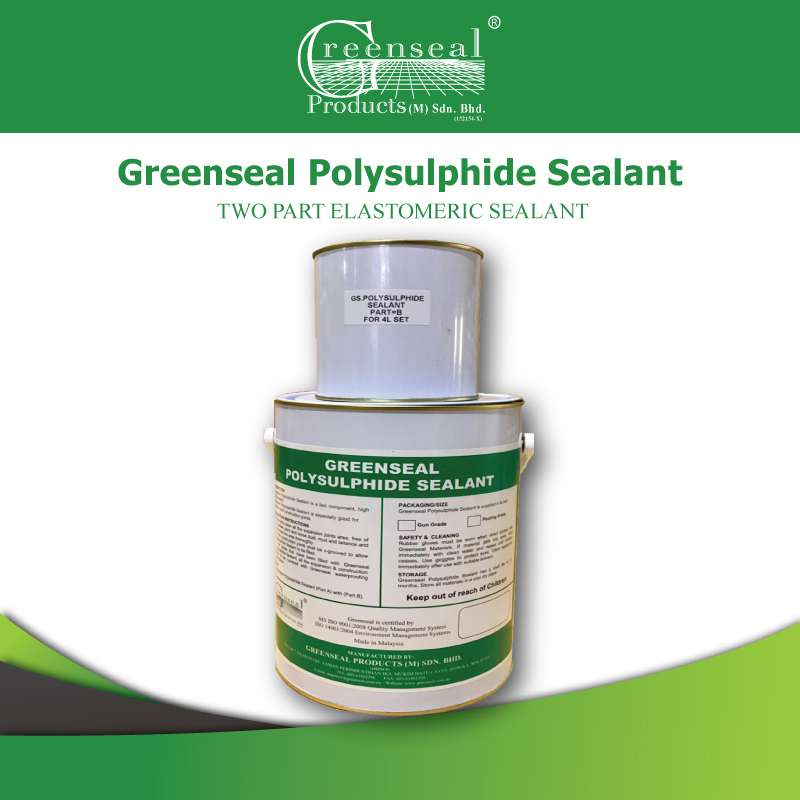Description
Greenseal Masonry Water Repellent (MWR40) is a Siliconate used for imparting a colourless water repellent surface finish to mineral building material without significantly reducing water vapour permeability.Rainwater enetrating the exposed masonry surface dissolves the soluble salts and eventually deposits them on the surface causing stains. This condition, called efflorescence, spoils the beauty of the face.
USES
The main problems with exposed concrete surface are:
- Patchy appearance due to different degree of compaction: i.e. absorbency.
- Visibility of different hairline concentration of dirt deposition; moss growth.
- Corrosion of the reinforced steel rods.
- Water entering the masonry when allowed to freeze, increases in volume due to the formation of ice often resulting in cracks and spalling.
In the case of glazed tiled surface water can get into the masonry through the mortar joints causing damp interior walls.
A continuous cycle of dissolving and crystallization of the water-soluble salts over a period of time leads to the disintegration of the clay product.
In low fired clay products containing lime that has not been sufficiently pulverized, the CaO/MgO particles which are not transformed into silicates during firing react with water and undergo considerable expansion casing pitting.
Damage caused to the wet substrate/clay product due to growth of moss, lichen and algae is also a common problem spoiling the beauty of the façade.
All the above phenomena are observed only if the masonry surface remains wet. They will be eliminated if one can prevent or at least reduce water absorption. Water resistance is an important factor in concrete and asonry construction for safety, health and comfort building occupants.
Greenseal MWR40 is also used to provide a barrier against rising dampness where there is no damp proof course or where the existing damp roof course has failed. After removing the plastering to a height of 30cm above he rising dampness, drill 10-16mm holes at intervals of 15-17cm along the selected course to a depth of at least half but no more than 2/3rd of the thickness of the wall horizontally or at an angle of depression (25º-45º), then injected MWR40 into the masonry under the action of gravity. Replastering should be done at least 14 days after application of MWR40 with a sand-cement mixture containing a salt retardant additive. The conventional gypsum plaster should not be used here.
APPLICATION
- Surface treatment for concrete
- Making manufactured and natural stones water repellent
- Making aerated concrete water repellent
- Making low-fired clay products water repellent e.g. roof tiles, bricks, floor tiles, flower pots
- Injection into building just above ground level to form a damp course
- Additive for clays, ceramics, starches latex paints
- Primer for emulsion paints and plasters
- Mixed with sodium silicate for use as a binder
in pigmented paints - Making plastered surface water repellent
IMPORTANT
The information in this document is based on the present state of our knowledge. It is given in best faith, only as a guide and does not imply any commitment or guarantee on our part. Greenseal warrants only that its products will meet its specifications. Greenseal will not be responsible for incidental or consequential damages of any kind resulting from the users’ dependence on the information given herein.
The recommendations made in this leaflet should be tested by the ser to ascertain the fitness of the product for use.
METHOD OFUSE
Greenseal MWR40 is applied to the cleaned surface by brushing and spraying. The silicone may be applied on moist wall surfaces (but not wet). It can be further added to the mortar mixed for the top-smoothing layer. Cement plaster, cement based paint containing lime, or cement for new construction (highly alkaline) should be allowed to age property (3-4 weeks) before siliconate is applied. During painting
with cement paint 4-5% (wt-wt) of Greenseal MWR40 by the cement paint can be added in the final coat. It is not possible to impregnate a masonry surface already treated with siliconate as it can no longer
absorb the aqueous solution of impregnating agent and this can cause formation of white spots. For this reason, particularly with façade or other objects of large surface area, the impregnation work should be carried out without any work breaks to prevent the described phenomenon at overlapped points. Reasonably good water repellency develops after 24 hours under room temperature. Dipping process is ideal for impregnating bricks, roofing tiles, clinkers etc.






Reviews
There are no reviews yet.